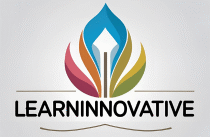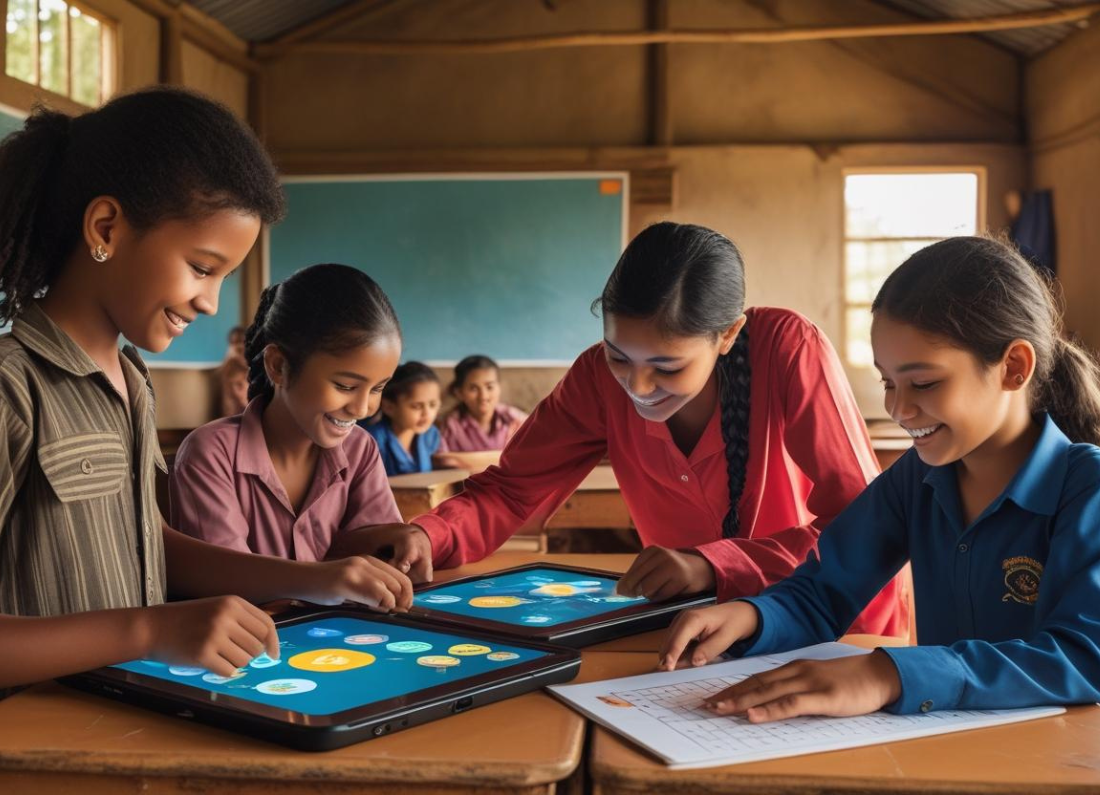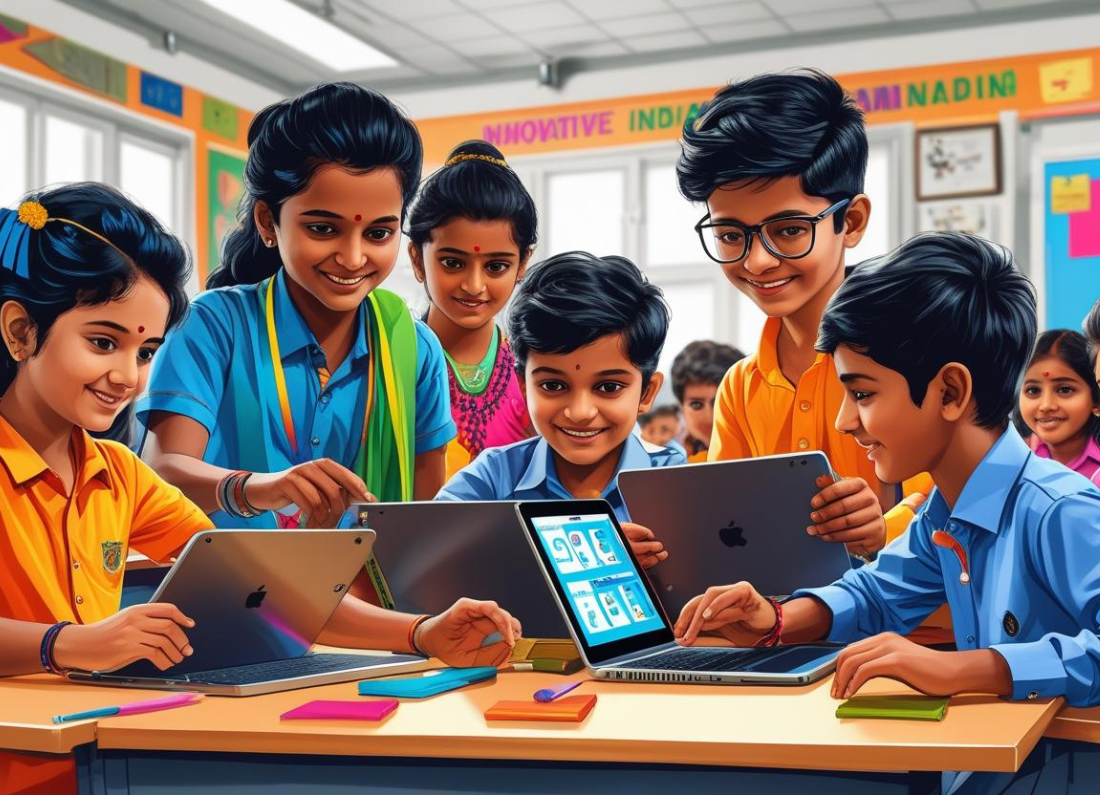In today’s rapidly evolving educational landscape, traditional teaching methods are no longer sufficient to meet the dynamic needs of 21st-century learners. Schools and educators across the globe are reimagining the classroom with a clear goal: to make learning more engaging, relevant, and impactful. Two of the most influential pedagogical innovations driving this change are Activity-Based Learning (ABL) and STEAM education. Together, they are helping students become critical thinkers, creative problem-solvers, and collaborative learners.
What is Activity-Based Learning?
Activity-Based Learning is a pedagogical approach that places the student at the center of the learning process. Unlike the conventional model that relies heavily on rote memorization and passive listening, ABL encourages learners to actively participate through hands-on activities, experiments, role-playing, and group projects.
The core philosophy of ABL is “learning by doing.” Activities are carefully designed to promote deeper understanding of concepts, foster inquiry, and make abstract ideas more tangible. For example, instead of merely explaining the principles of gravity, a teacher might guide students in building simple pendulums or conducting small experiments to observe how gravity acts on different objects.
Benefits of Activity-Based Learning
- Enhanced Engagement
ABL keeps students involved by providing them with opportunities to explore and interact with content in meaningful ways. This leads to increased motivation and interest in the subject matter. - Development of Life Skills
Students develop essential life skills such as teamwork, time management, and decision-making through collaborative and independent activities. - Better Retention of Knowledge
When students engage physically and mentally in learning, they are more likely to retain and recall information. - Support for Different Learning Styles
ABL caters to visual, auditory, and kinesthetic learners, allowing each student to absorb knowledge in the way that suits them best. - Critical Thinking and Problem-Solving
Students are encouraged to ask questions, investigate, and find solutions—skills that are crucial in both academic and real-world scenarios.
What is STEAM Learning?
STEAM stands for Science, Technology, Engineering, Arts, and Mathematics. It is an integrated approach to education that combines these disciplines to encourage holistic learning. Unlike traditional subject-specific education, STEAM focuses on blending academic knowledge with creativity, allowing students to make connections across domains.
For instance, a STEAM project might involve designing a bridge (engineering) using principles of physics (science), calculating loads and measurements (mathematics), creating a digital model (technology), and presenting the idea through a creative storytelling format (arts).
Core Principles of STEAM Education
- Interdisciplinary Learning
STEAM breaks down the silos between subjects, encouraging students to use knowledge from various fields to solve complex problems. - Creativity and Innovation
The inclusion of the Arts element brings in creativity, design thinking, and innovation—skills often overlooked in STEM-focused education. - Real-World Application
STEAM projects are often modeled after real-world challenges, helping students understand how their learning applies to everyday life and careers. - Inquiry-Based Learning
Students are driven by curiosity and exploration. Educators act as facilitators, guiding them as they ask questions, design experiments, and discover answers. - Collaborative Work
Projects are usually completed in groups, mimicking workplace environments and preparing students for team-based problem-solving.
The Synergy Between ABL and STEAM
Although distinct, Activity-Based Learning and STEAM education share a common foundation: active, experiential learning. When combined, they create a powerful teaching methodology that prepares students for both academic excellence and real-world success.
- Hands-On STEAM Projects: These often use ABL strategies, such as model-making, field visits, and collaborative challenges.
- Integrated Curriculum Design: Teachers can incorporate ABL techniques into STEAM-based lesson plans to make learning more immersive.
- Holistic Skill Development: Together, they enhance both cognitive and emotional intelligence, including creativity, analytical thinking, communication, and resilience.
Examples of ABL & STEAM in Practice
- Elementary School Science Fair
Students design and conduct experiments on topics of their choice, integrating science, math, and presentation skills. - Coding & Robotics Workshops
Through hands-on activities, learners build and program robots, blending technology, engineering, and logic. - Art-Integrated Math Lessons
Geometry concepts are taught by creating mandalas or tessellation art, making abstract ideas visually concrete. - Environmental Awareness Campaign
A multidisciplinary project involving biology, statistics (data collection), public speaking, and poster-making to address local environmental concerns. - Design Thinking Challenges
Students are tasked with solving a community problem—like water conservation—using an iterative design process that involves prototyping and testing.
Implementing These Innovations in Classrooms
To successfully incorporate ABL and STEAM into everyday teaching, schools and educators can follow a few strategic steps:
- Professional Development: Teachers should receive training on how to plan, facilitate, and assess experiential and interdisciplinary learning activities.
- Curriculum Restructuring: Rather than adhering strictly to subject boundaries, schools can design flexible, theme-based learning modules.
- Learning Spaces: Classrooms should be equipped with maker spaces, science kits, and digital tools that promote hands-on engagement.
- Assessment Reforms: Move beyond tests to include portfolios, peer evaluations, and performance-based assessments.
- Parental & Community Involvement: Engaging stakeholders can provide resources, mentorship, and real-world context to classroom learning.
Challenges and Considerations
While the benefits are substantial, there are also challenges in implementing ABL and STEAM learning:
- Resource Constraints: Not all schools have access to labs, materials, or technology required for hands-on activities.
- Time Limitations: Activity-based learning can be more time-consuming than traditional methods.
- Assessment Difficulties: Standardized tests often fail to capture the depth of learning achieved through these methods.
- Teacher Readiness: A shift in pedagogy demands teachers to unlearn traditional roles and adopt new facilitation skills.
Despite these obstacles, many educators find that the rewards—in terms of student engagement and achievement—far outweigh the difficulties.
Conclusion
Pedagogical innovations like Activity-Based Learning and STEAM education are more than just trends—they are essential responses to the needs of modern learners. As we prepare students for a future where adaptability, innovation, and interdisciplinary thinking are crucial, these methodologies offer powerful tools to transform education. By fostering creativity, collaboration, and curiosity, ABL and STEAM don’t just educate—they empower.







Leave a Reply